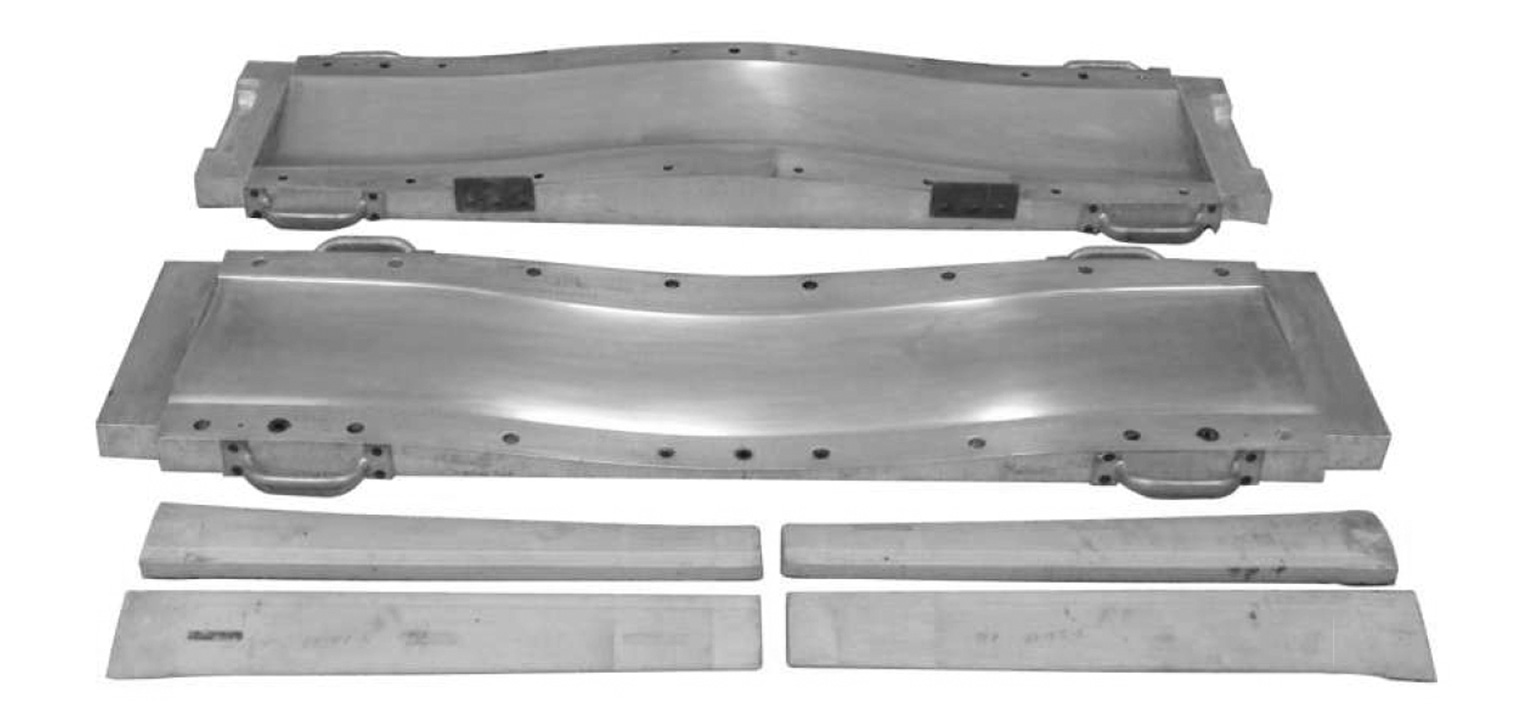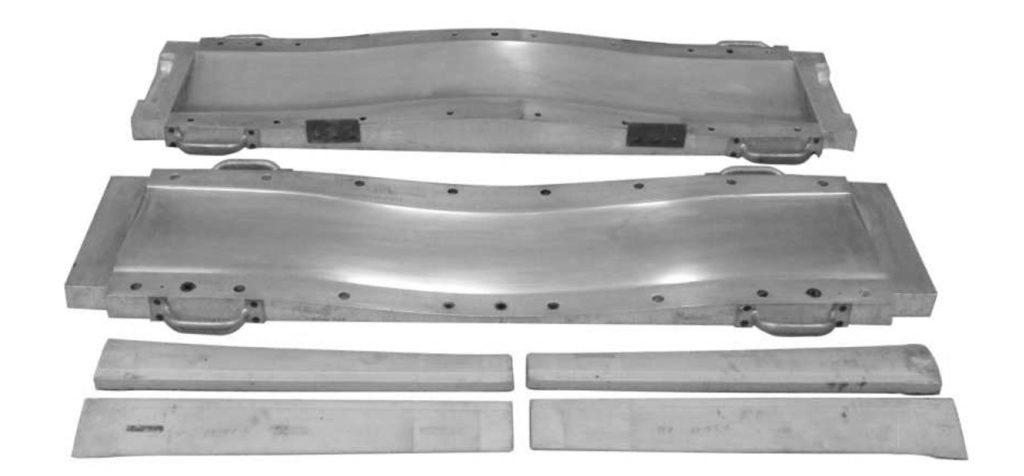See original article on JEC Composites

Nine Composites Companies to Be Recognized for Industry-Leading Advances at the 2012 JEC Americas Innovation Awards Program
Nine companies and their partners will receive awards at the inaugural JEC Americas Composites Show and Conferences at the Boston Convention and Exhibition Center, Nov. 7 – 9, 2012. The latest crop of winners will be recognized at an Awards ceremony November 7 at 4:00 p.m. at the Agora 3 of the JEC Americas exhibition. JEC launched the Innovationtion, which will be open to all visitors and which will be introduced by Gene Lavanchy, one of the most recognizable anchors in Boston.
JEC launched the Innovation Awards Program in 1998 with the goal of both celebrating and promoting the very best new innovations in composites. Since then, the Program has involved 1,600 businesses, and rewarded 177 companies and 433 partners for their leading contributions toward advancing composites technology and enhancing value for end-users.
JEC President and CEO Frédérique Mutel explains: “The Americans not only promote a culture of innovation among companies doing business there, the region demands it from players who wish to survive and thrive in the largest worldwide composites market. Indeed, the American Composites market stands for $34 billion in annual revenues compared to a total of $77 billion worldwide. For over a decade, JEC’s Innovation Awards Program has been recognized as a driving force for new and highly competitive composites innovation, both in this important region as well as globally.”
JEC considered applications from different companies around the world for recognition in nine competitive categories that encompass Aeronautics, Automotive, Carbon, Construction, Energy, Process, Recycling, Software and Sports & Leisure.
The 2012 Innovation Awards Program is actively supported by Cytec, JEC Magazine and Aviation Week.
Nine Companies Recognized at the 2012 JEC Americas Innovation Awards
- Aeronautics Category: Hexcel (USA)
HexMC®: A technology based on a new form of discontinuous carbon fiber prepreg to produce structural parts by compression molding
- Automotive Category: Edison2 LLC (USA)
A new structural architecture for automobiles starting with the Edison2 In wheel suspension.
- Carbon Category: Chomarat (France)
Thin ply with bi-angle reinforcement in order to replace traditional black aluminium structures
- Construction Category: MVC Soluções em Plasticos (Brazil)
Schools built with sandwich panels of plastic reinforced to reduce construction period
- Energy Category: MPD Designs (Italy)
Solar Floating Resort, the unique building integrated photovoltaic hospitality concept
- Process Category: Swift Engineering (USA)
A High-Speed Press Cure for a High-Speed Race Car
- Recycling Category: Connora Technologies (USA)
RecyclamineT™ epoxy hardener technology allows to design and produce fully recyclable epoxy-based composite products
- Software Category: CGTech (USA)
VERICUT Composite Paths for Engineering (VCPe) improves Automated Fiber Placement
- Sports & Leisure Category: Cervélo Cycles (Canada)
The new Cervelo Rca road racing bicycle enhances racing bicycle performance
Process Category: Swift Engineering (USA)
Description
Modern formula racecars are constructed primarily of carbon fiber composite materials. While performance expectations are extremely high, vehicle development and production windows are relatively short. Since accidents are a common occurrence on race day, many highly engineered composite components are viewed by race teams as commodities. To cope with manufacturing bottlenecks associated with autoclave dependence, Swift Engineering can now rapidly produce racecar wings from an out-of-autoclave press mold process.
Key Benefits
Swift has taken a complex load-bearing, aerodynamic composite structure that traditionally required autoclave manufacturing and developed an out-of-autoclave press mold process that co-cures the external skins and internal spar structure in one cure cycle. This shortened process produces structures with excellent outer mold line repeatability, reduces production time by half and thereby reduces manufacturing costs by 30 percent compared to conventional three-piece autoclave processes.





